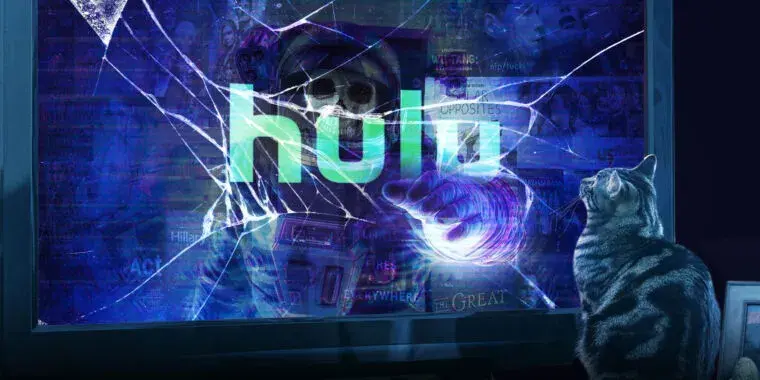For a moment, it seemed like the streaming apps were the things that could save us from the hegemony of cable TV—a system where you had to pay for a ton of stuff you didn’t want to watch so you could see the handful of things you were actually interested in.
Archived version: https://archive.ph/K4EIh



Defined narrowly enough, yes, that old model is dead.
But more broadly, as an economic matter there will always be a business model for having a basket of content, with some portion of historical content (classic movies and tv shows from decades past) on demand, some ongoing/current on-demand content (last week’s episode of some scripted show), and live broadcast (sporting events happening right now). Build up enough of a catalog, charge a single price to subscribers for access to that content, and people will pay for the entire bundle. And because each subscriber is interested in a different portion of that bundle, the mass of subscribers essentially cross-subsidizes the fat tail of niche content: I don’t mind paying for your niche if it means my niche gets to survive.
The technological and cultural changes have deemphasized the importance of cable’s live delivery mechanism of 100+ “channels” each with programming on a specific schedule, but the core business model still will be there: subscribe to content and you can get some combination of live channels and a catalog of on-demand content.
The content owners, through either carriage fees with the cable/IPTV providers, or through the streaming services, or everything in between, are trying to jack up the price to see what the market will bear for those bundles. They might miscalculate to the point where the subscriber count drops so much that their overall revenue decreases even with a higher revenue per subscriber (and I actually think this is about to happen). And then instead of a market equilibrium where almost everyone pays a little bit to where there’s a huge bundle of content available, the little niche interests just can’t get a subscriber base and aren’t made available, even if the content is already made.
I mean, you just defined YouTube. It has both live content and on demand, historical and real time, it covers a much broader range than any cable station will ever be able to, and it’s single price to not have ads. You don’t get charged for the service and still have to see ads.
Well, I was trying to give a broad enough description to cover literally every video service, so mission accomplished!
My point is that every service will have different items in each category, and that splitting up the world’s catalog of content into many different services ends up breaking down the economic benefit of bundling. The YouTube bundle is different from the Netflix bundle, which is different from the Apple TV+ bundle, which is different from Disney+ and Hulu, which is different from Max (formerly HBO Max). YouTube has live content, but if you want to watch a specific basketball game live, you’ll have to subscribe to the service with that (and you’ll have to endure ads and product placement as part of that game). And maybe that’s not the $15/month YouTube Premium, but is instead the $73/month YouTube TV.
I finally dropped YoutubeTV for the summer months because we are seldom watching tv over the summer, choosing to spend more time outside. I haven’t missed it at all. They’ll probably get me back next month when college football starts again but I’m leaning pretty hard towards dropping it again after the new year. The price increase, even though it hadn’t kicked in for me at the time was absolutely the catalyst.